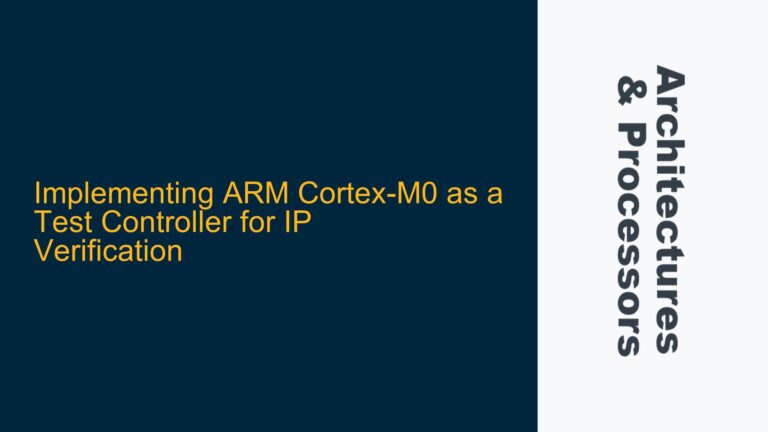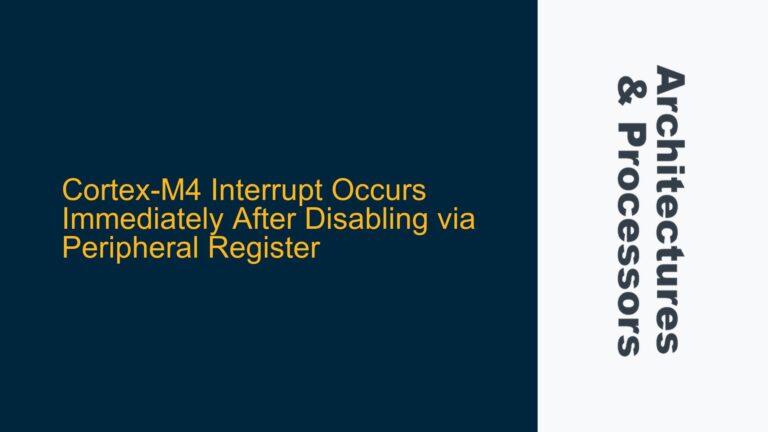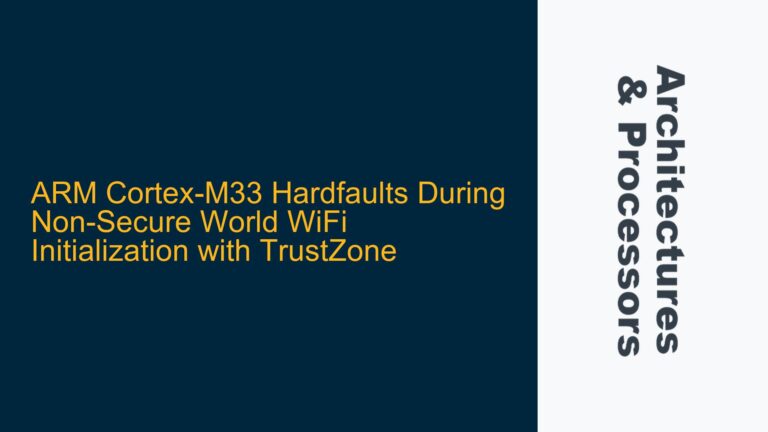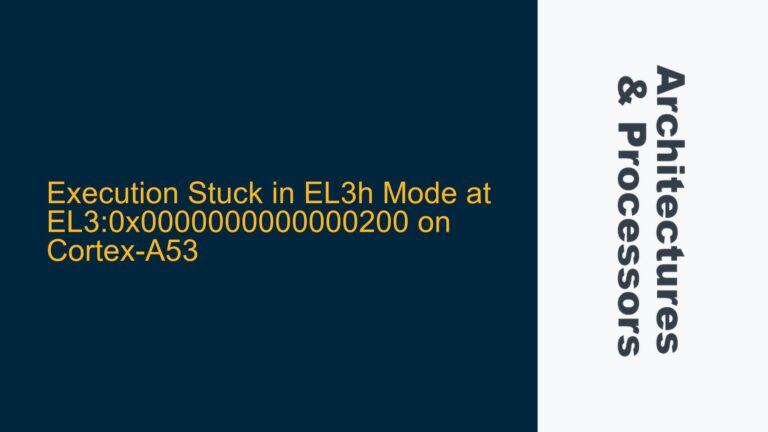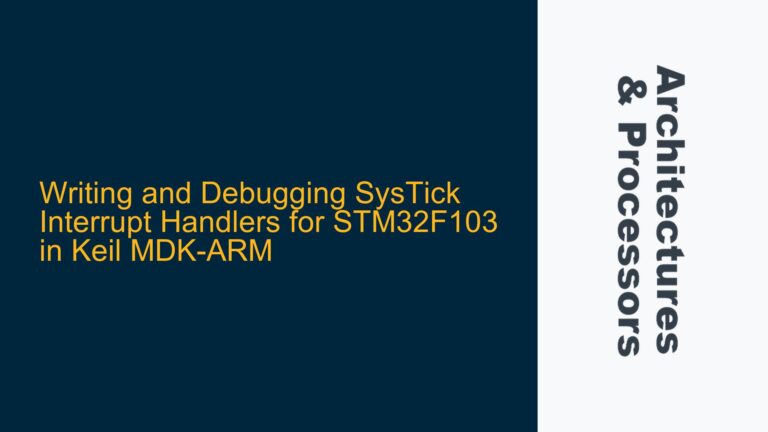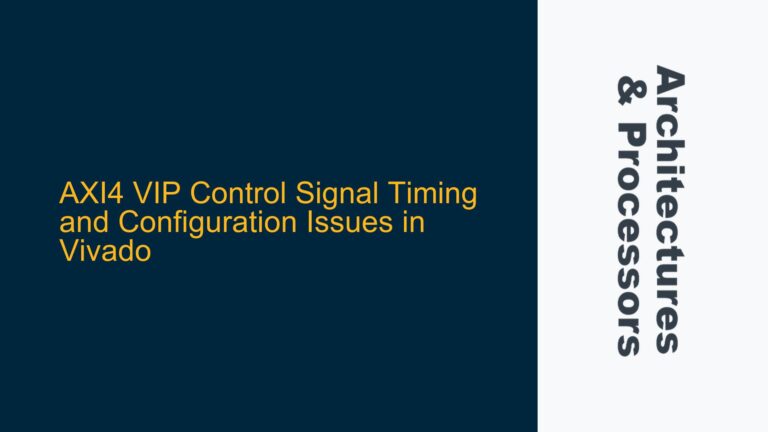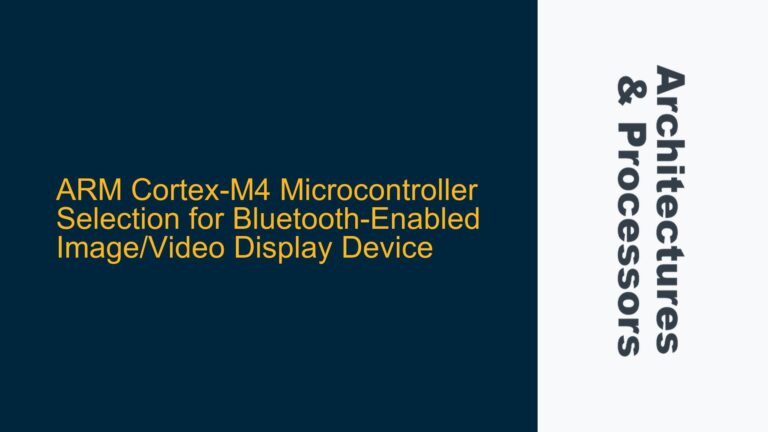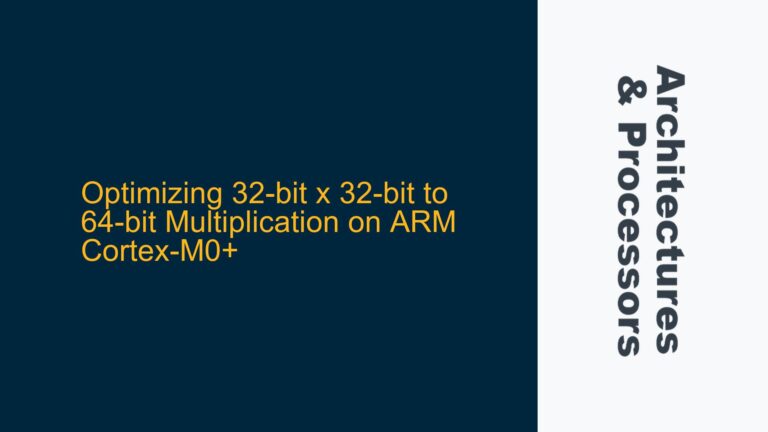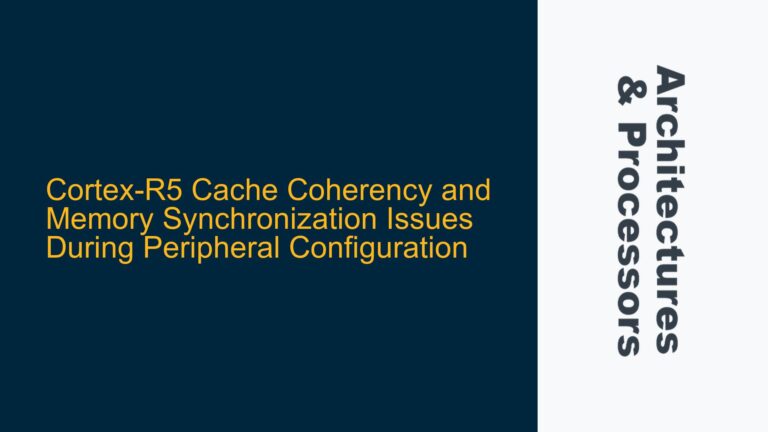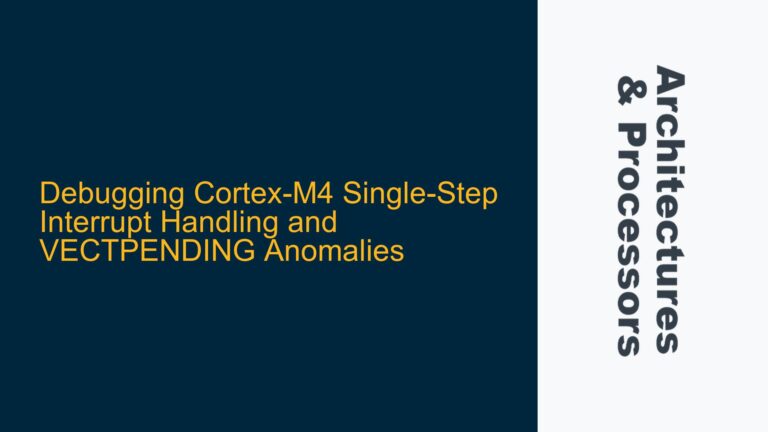Implementing ARM Cortex-M0 as a Test Controller for IP Verification
ARM Cortex-M0 Integration Challenges for IP Testing The implementation of an ARM Cortex-M0 as a test controller (TC) for verifying multiple IPs presents a unique set of challenges. The Cortex-M0, being a 32-bit RISC processor, is designed for low-power and cost-sensitive applications, making it an attractive choice for embedded systems. However, its simplicity and lack…
